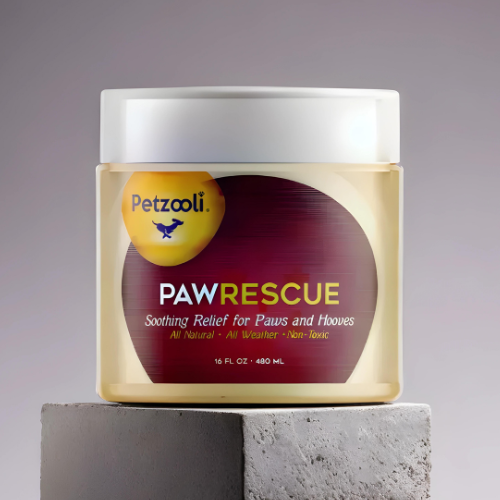
How Often Should You Brush Your Dog's Teeth? Get Expert Insights
Share
As a health-conscious pet owner, you might be wondering how often to brush your dog's teeth. Dental hygiene is crucial for your pet's overall health, just as it is for humans. In this article, we dive into the nitty-gritty of canine dental care, ensuring you have all the information you need to keep your dogs mouth healthy.

The Importance of Brushing Your Dog's Teeth
Maintaining good dental hygiene for your dog is essential. Failing to do so can lead to a variety of health issues, including periodontal disease, tooth loss, and even systemic infections that can affect vital organs. Brushing your dogs teeth regularly helps remove plaque, prevent tartar buildup, and keep their breath fresh.
What Happens if You Don't Brush?
If you neglect your dogs dental care, they can develop gum disease, which is not only painful but can also have long-term health repercussions. According to the WebMD, poor dental health in dogs is linked to heart disease and kidney problems, making it even more critical to take care of your pet's teeth.

How Often Should You Brush Your Dog's Teeth?
Experts recommend brushing your dogs teeth at least two to three times a week. However, to achieve the best results and maintain optimal dental health, you should aim to brush your dogs teeth daily.
What Frequency is Ideal?
Daily brushing is the gold standard. It helps to prevent plaque formation and ensures that any food particles and bacteria are removed before they can cause harm. A consistent routine can make the process easier for both you and your dog.

Steps to Brush Your Dog's Teeth Effectively
Brushing your dogs teeth might seem daunting, but it can be an easy and even enjoyable activity for both of you. Heres a step-by-step guide to help you:
- Gather your supplies: Youll need a dog toothbrush, dog toothpaste, and some treats for positive reinforcement.
- Get your dog comfortable: Let your dog sniff and taste the toothpaste to get used to it.
- Start with gentle strokes: Begin brushing the front teeth using gentle, circular motions, gradually working your way to the back.
- Praise and reward: Give your dog plenty of praise and a treat after each brushing session to create a positive association.
Choosing the Right Tools
Make sure you use a toothbrush designed for dogs and enzymatic toothpaste that is safe for them to ingest. For a deeper understanding, you can check out this article on how to make natural dog toothpaste.

Other Dental Care Tips and Tools
In addition to brushing, you can use dental chews, dental toys, and mouth rinses to enhance your dogs oral health. These products are designed to reduce plaque and freshen breath, acting as supplementary measures to brushing.
Diet and Dental Health
What your dog eats can significantly affect their dental health. Feeding your dog a crunchy diet can help reduce plaque buildup. Specially formulated dental diets can also be effective in maintaining your dog's oral hygiene.
Signs Your Dog Needs Dental Care
Being vigilant can help you catch dental problems early. Here are some signs that your dog might need immediate dental care:
- Bad breath
- Swollen, bleeding gums
- Loose or missing teeth
- Difficulty eating or reluctance to eat
- Pawing at the mouth
Frequently Asked Questions
Can I use human toothpaste to brush my dog's teeth?
No, human toothpaste contains ingredients that can be harmful to dogs. Always use toothpaste specifically formulated for dogs.
At what age should I start brushing my dogs teeth?
It's best to start when they're puppies, as this can help them get used to the process. However, you can start dental care at any age.
What if my dog refuses to let me brush their teeth?
Be patient and consistent. Gradually introduce the brushing process and use plenty of positive reinforcement. You might also consider using dental sprays or chews as an alternative.
For more detailed steps and tips, visit WebMD's guide to better dental health for dogs.
As an Amazon Associate, I earn from qualifying purchases.
